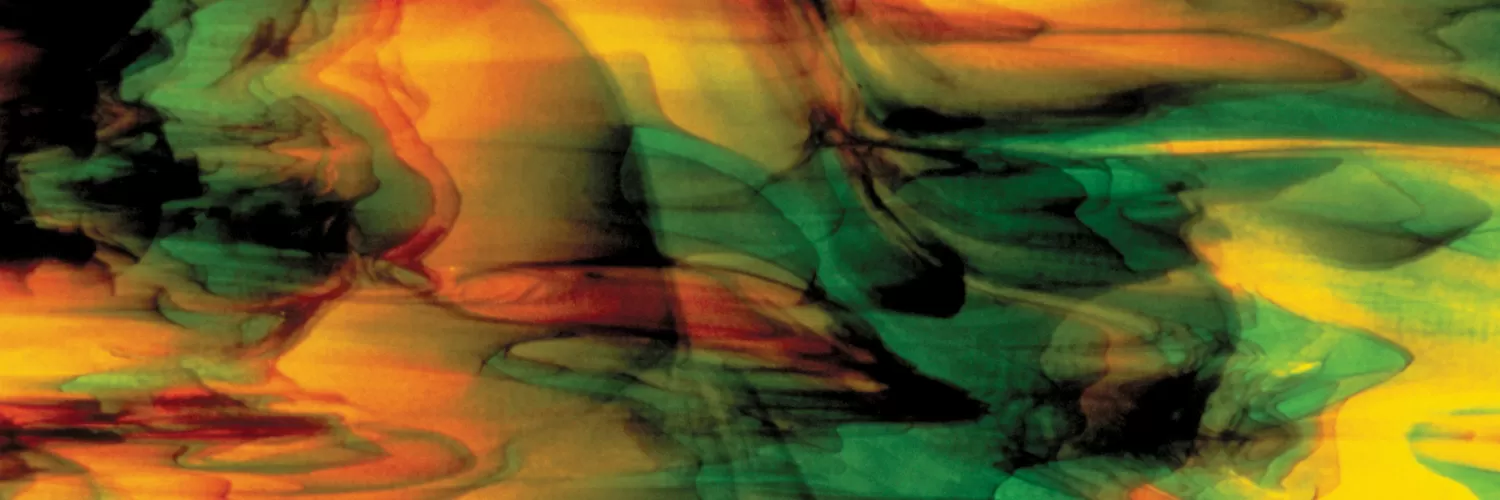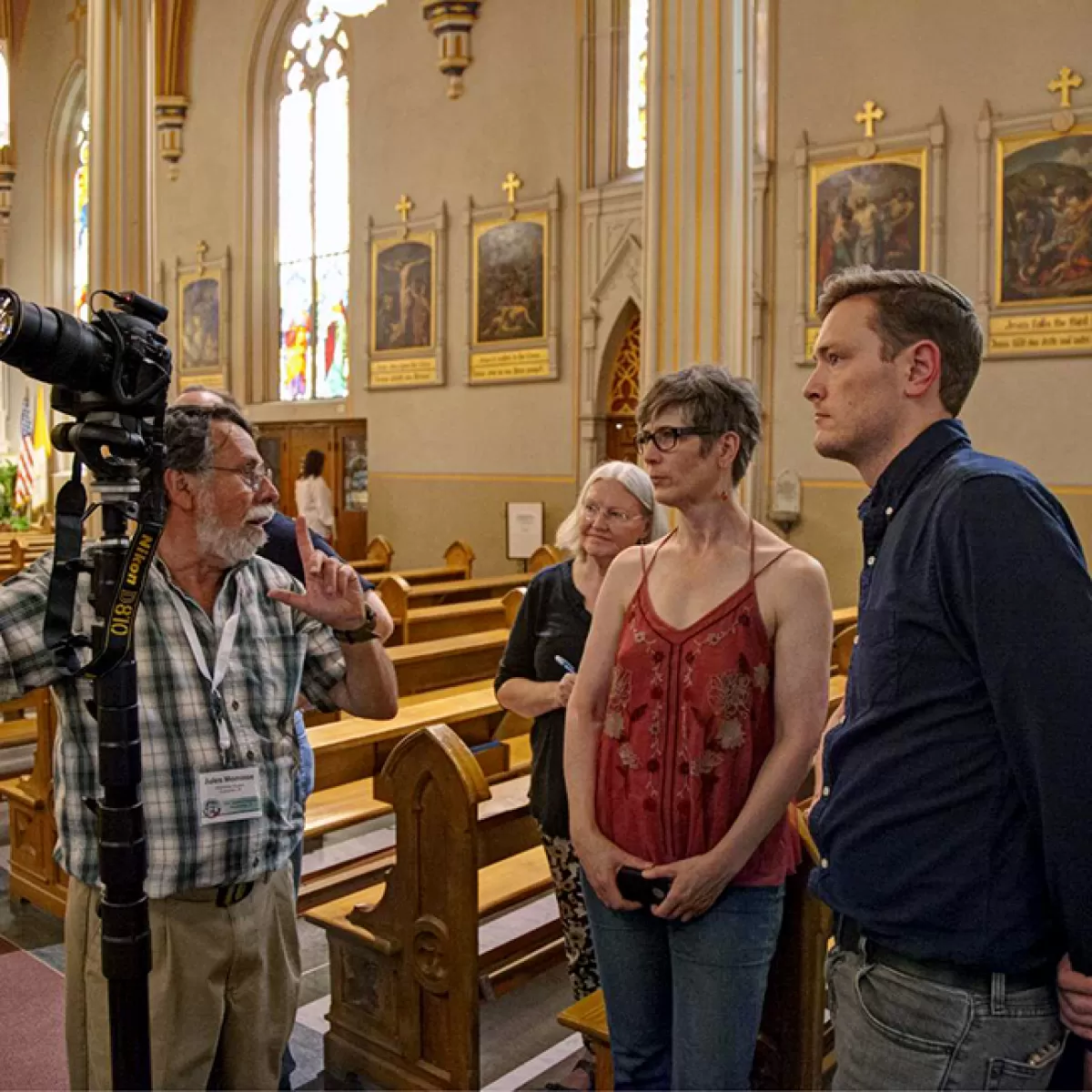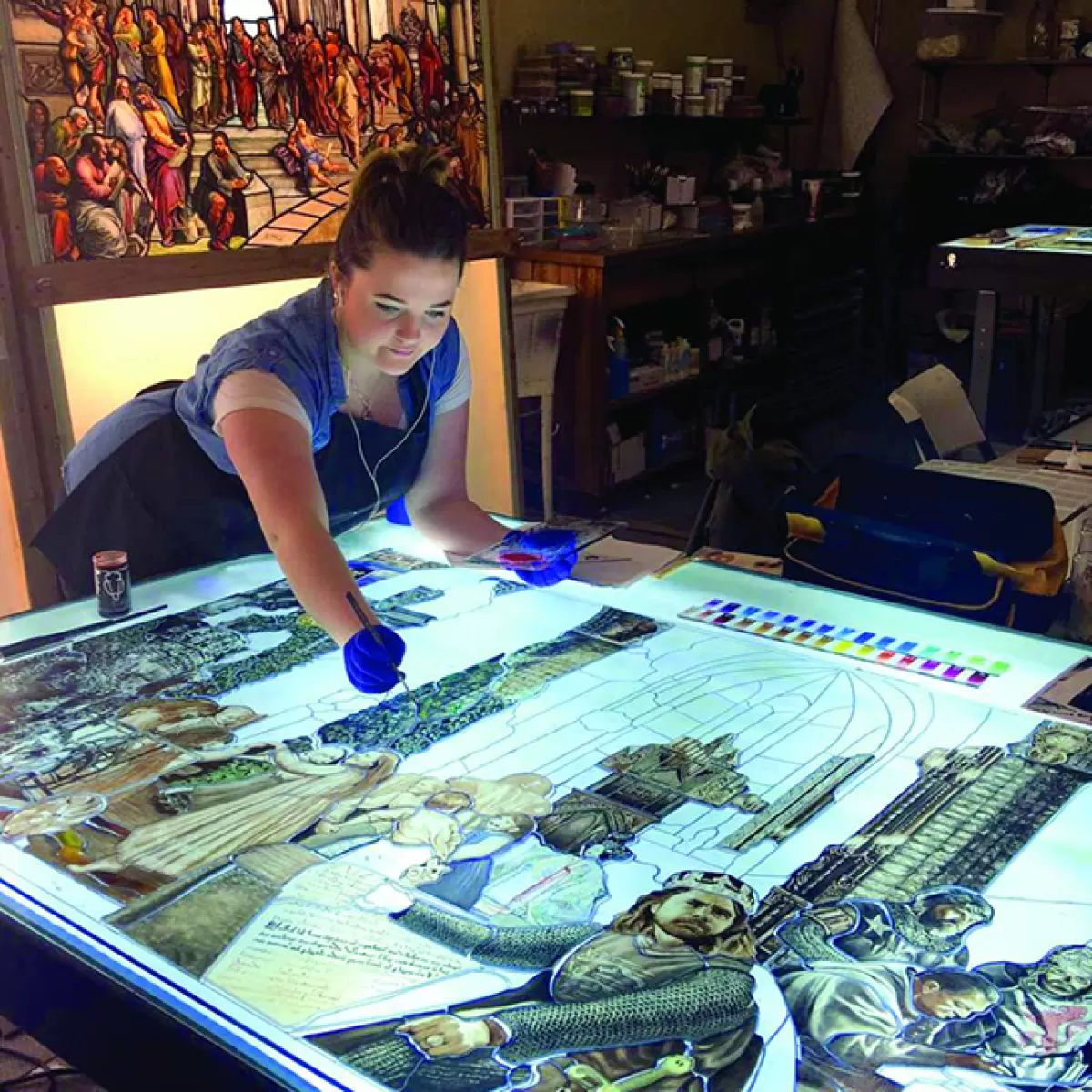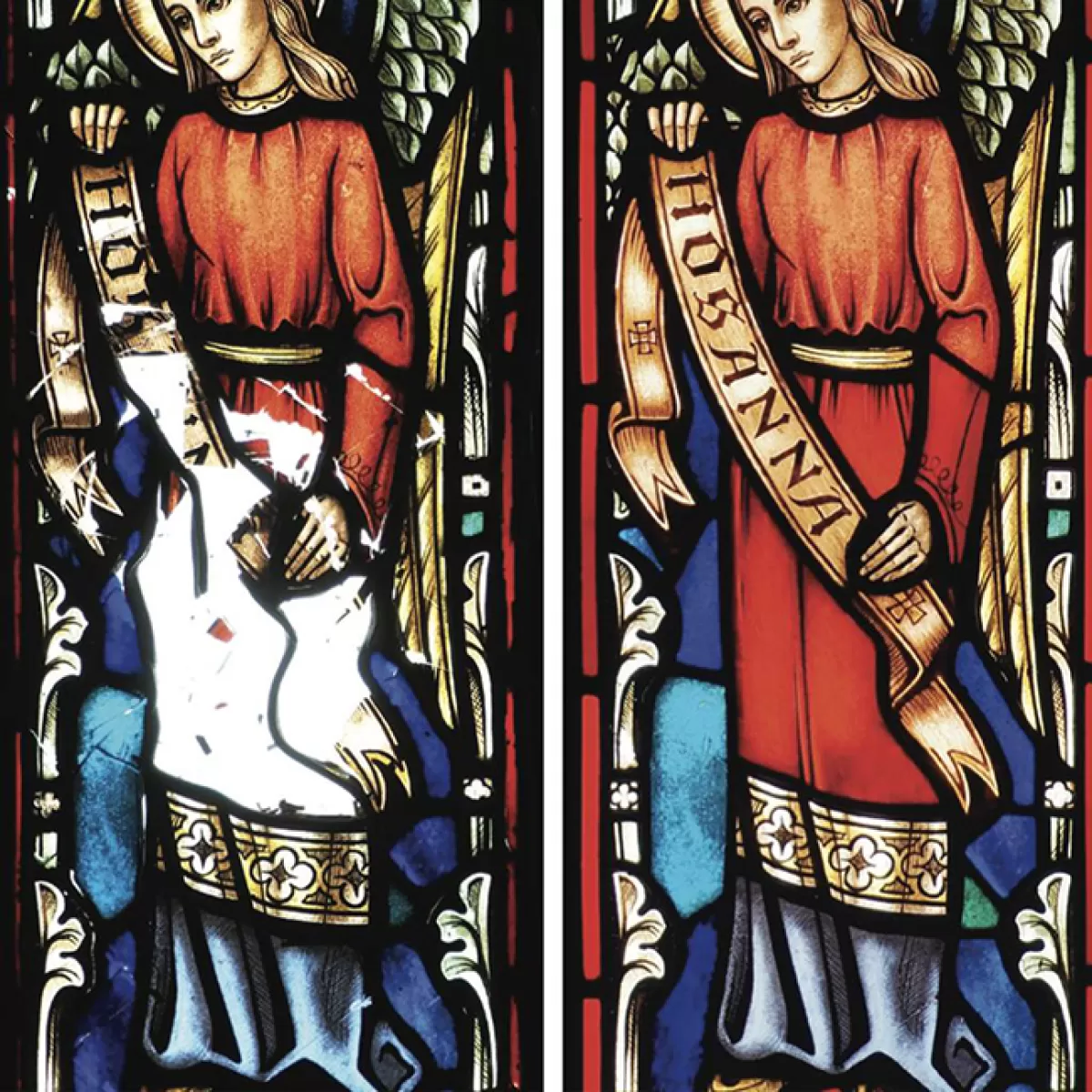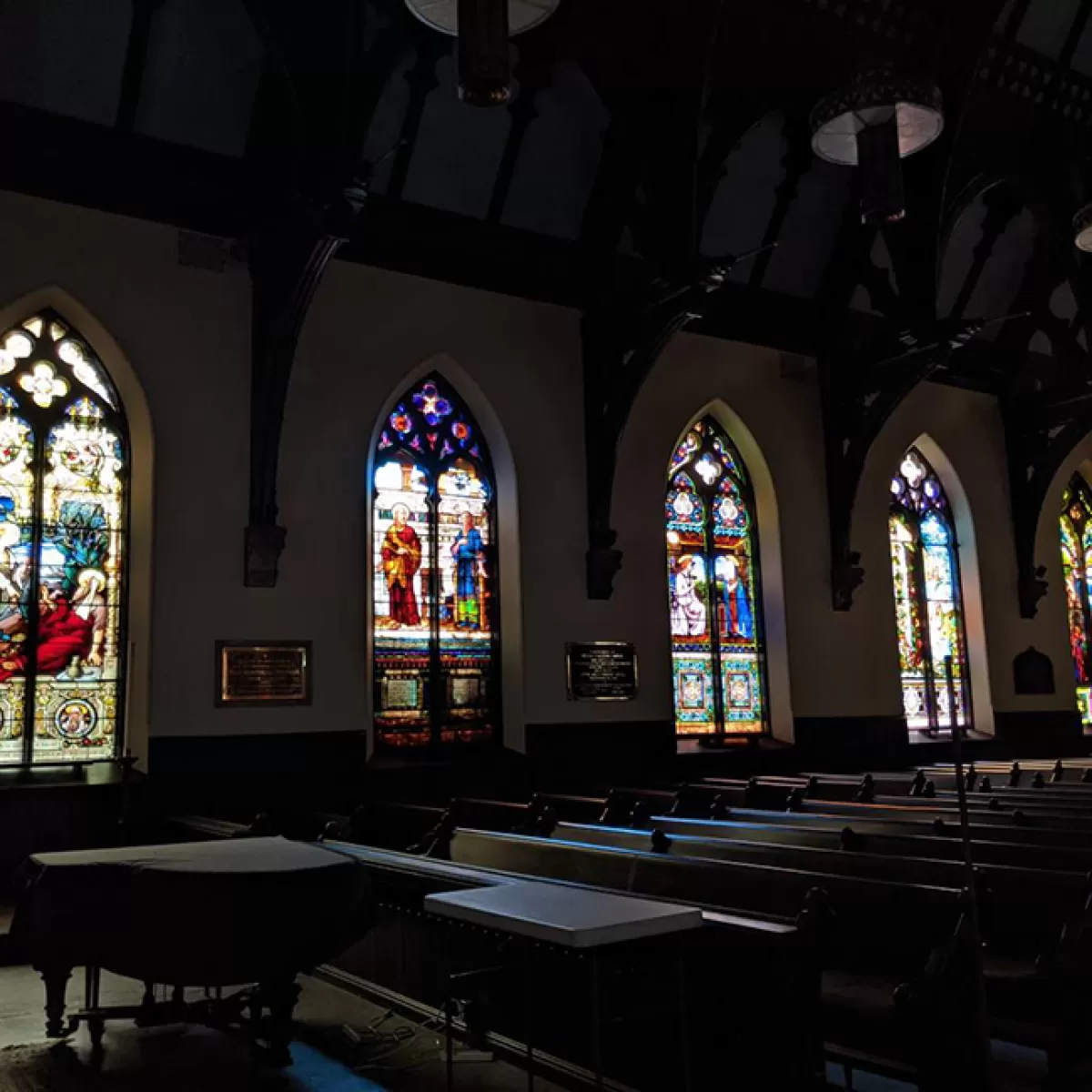A Short-list of Documentation Guidelines
- Contact a building inspector and fire marshal to review the strengths and weaknesses of your structure, and to make recommendations for disaster-proofing it. The fire marshal may be able to give recommendations for access and egress in event of fire; how to position the most sacred objects for sudden removal, hopefully without endangering anyone; how to make some items more fire-resistant; and whether fire-rated storage is appropriate.
- Hire a professional consultant to document and assess your stained glass/art glass windows. They will know how to properly take the images, measurements, and other data needed for an accurate record. They will also be able to give an estimate for what it would take to replace stained/art glass windows, based on current values. This will be invaluable in event of horrific damage or absolute catastrophe—not only to restorers, but also to insurance adjusters. It also creates a precious archive of knowledge about a significant part of the worship environment for future building stewards. [This same approach would serve most interior elements as well.]
- Keep your building in good condition. Keep up with maintenance as it comes due—it’s cheap insurance.
- Have a disaster-preparedness plan for the structure and its contents. Make several copies that are accessible from several sites, and run practice drills yearly.
Hire a Professional to Document, Assess, and Update Insurance Values
Hire a professional consultant to document and assess your stained glass/art glass windows. They will not only know how to properly photograph and document, they can also provide up-to-date information on replacement values that is crucial in ensuring that your windows are insured for enough money should something catastrophic occur.
A stained glass expert can look for signatures and unique aspects of the window's construction that may have an impact on other historic values of the window.
Another value of having your stained glass windows properly photographed and documented is that those assets can be an invaluable resource in fundraising efforts to cover the costs of basic maintenance and eventual restoration projects of your windows.
Spread Your Documentation Around
We all have heard at least one horror story of massive damage to a building where the records needed to restore that building had been held for safe keeping within it—and are thus destroyed when disaster strikes.
This is the digital age! When it comes to photography, take lots, store lots, if it seems like you've already taken too many photos, you should probably take some more. If getting a professional to assist you in documentation is not in the budget right now, the single best thing you can do is take as many photos as possible and store them in several places for safekeeping.
Make a map and identify each window with a basic numbering system so that as you get into very detailed shots, you know what photos go with which window.
Include photographs of:
- The windows as a whole
- The windows in reflected vs. refracted light (the windows with sun coming through them vs. at night with the interior lights on)
- The windows from the exterior
- Any protective glazing
- Details of framing and installation to the framing
- Details of intricate lead work, painting, glass textures, bowing, damage, text, ventilators, etc.
- An in situ shot showing the surrounding area for a sense of size and scale
The Many Considerations of Value
There are many layers of value that you can discuss, research and deploy in the care and maintenance of your windows. All of this information has multiple uses to your community as you engage with your community, develop programs that fit the history and mission of your space, find your story within the greater context of your region's history, fundraise for the long-term care of your building, or just update your insurance paperwork.
More thorough information on appraisals and insurance can be found here.
Monetary Value: This is how much the windows are worth if you sold them to another party.
Replacement Value: This is the most up-to-date cost of recreating the windows using currently available materials.
Historic or Cultural Value comes into play when stained glass windows have historic and cultural significance.
Artistic/Decorative Value is very subjective. Sometimes it is obvious that a stained-glass window was created by an amazingly talented artist. On the other hand, some windows were poorly designed and executed by unknown craftsmen. For everything in between, it is a matter of opinion and taste.
Spiritual Value may be of utmost importance for stained glass windows installed in churches and other houses of worship. Stained glass windows can transform a building’s interior into an ethereal space conductive to prayer and reflection.

